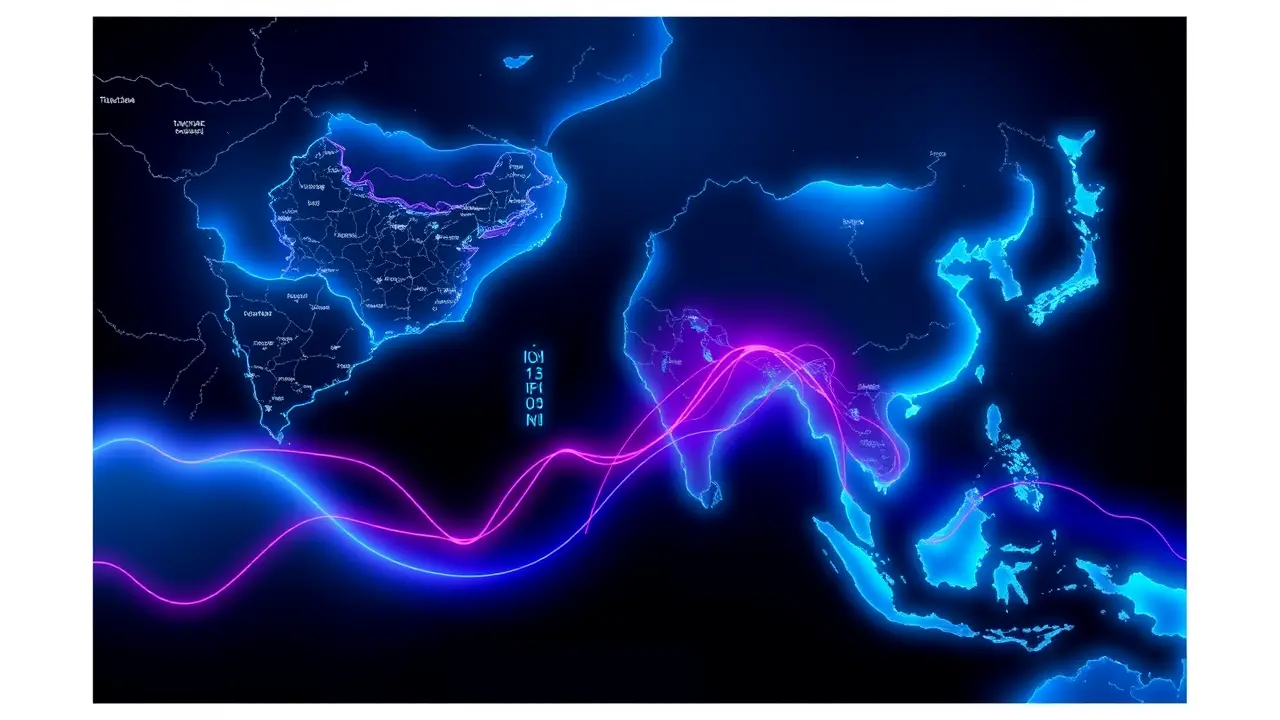Asia Art Markets Performance Analysis
As 'The Asia Pivot' initiative marks its second anniversary, the art markets across the continent present a fascinating tableau of divergent performances, reminiscent of the volatile yet opportunity-rich landscape of a post-earnings Wall Street trading floor. While the initial data suggests certain blue-chip contemporary artists are experiencing stratospheric rises, akin to tech stocks in a bull market, a deeper analytical dive reveals a more complex picture of regional nuances and shifting collector appetites.The gravitational center of the global art world continues its eastward trajectory, yet the velocity and trajectory vary dramatically between established hubs like Hong Kong and nascent but fiercely ambitious centers in Seoul and Singapore. Hong Kong's market, for instance, demonstrates a resilience and maturity, its auction houses performing with the steady, data-driven confidence of a blue-chip index, consistently posting strong sales figures for ultra-contemporary Chinese and Western names.Meanwhile, Seoul's scene operates with the explosive, trend-driven energy of a high-growth startup, fueled by a potent mix of institutional fervor, government cultural investment, and a collector base with a voracious appetite for Korean avant-garde and digital art, driving prices to levels that would have seemed implausible just a few fiscal quarters ago. This regional fragmentation necessitates a granular approach; analyzing the Asian art market as a monolith is as futile as assessing the S&P 500 by looking only at the NASDAQ.Underpinning these headline-grabbing auction results are deeper structural shifts: the sophisticated deployment of financial instruments, the rise of art-secured lending facilitated by private banks in the region, and a new generation of collectors who approach acquisitions with the analytical rigor of a venture capital investment, scrutinizing an artist's exhibition history, institutional backing, and secondary market performance with a diligence previously reserved for equity research reports. The performance of specific artists—those 'soaring' entities—often serves as a leading indicator, a canary in the coal mine for broader aesthetic and economic trends, signaling everything from a renewed interest in specific diasporic narratives to a bet on a particular medium's longevity in the digital age.However, this bullish narrative is not without its headwinds; macroeconomic pressures, including regional currency fluctuations and lingering geopolitical tensions, act as a persistent drag, creating a market environment that is both fiercely optimistic and cautiously pragmatic. The true measure of the Asia pivot's success, therefore, may not be found in the record-breaking hammer prices alone, but in the sustained development of local gallery ecosystems, the growth of museum endowments, and the increasing influence of Asian curators and critics on the global stage—fundamentals that, much like in finance, ultimately determine long-term value and stability beyond the speculative froth of any single auction season.
AR
ArtInsider425 hours ago
this reminds me of the speculative bubble we saw back in 2018, feels like we're coming full circle again tbh the fundamentals are what matter, not the auction hype
0
QU
QuietObserver5 hours ago
interesting to see the markets diverging like that tbh, makes you wonder if the hype is sustainable or just a bubble waiting to pop
0
AR
ArtObsessed927 hours ago
wait what does this mean for smaller artists tho feels like only the big names are winning smh
0
© 2025 Outpoll Service LTD. All rights reserved.
